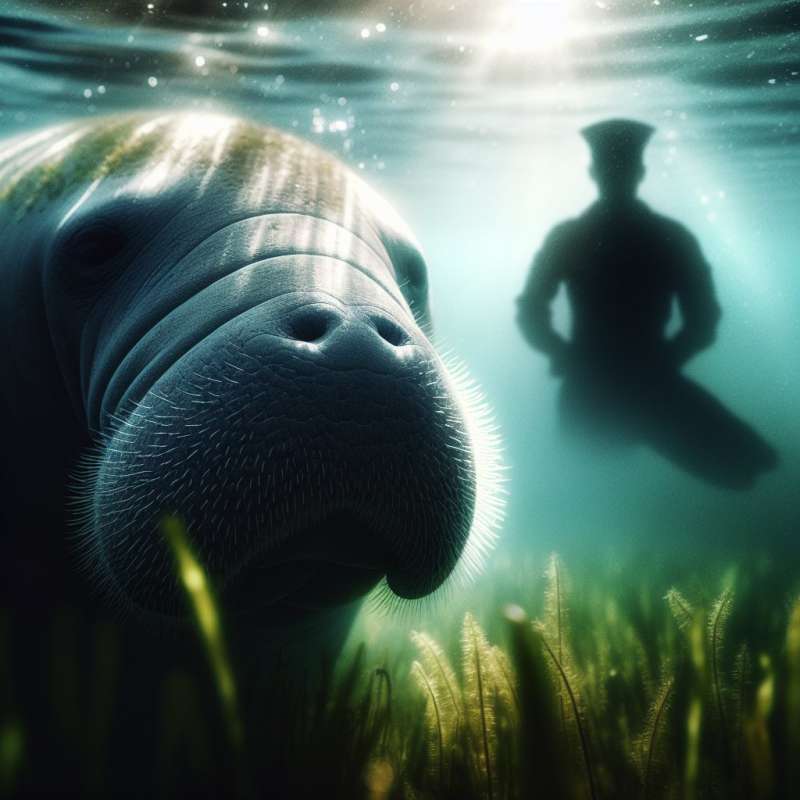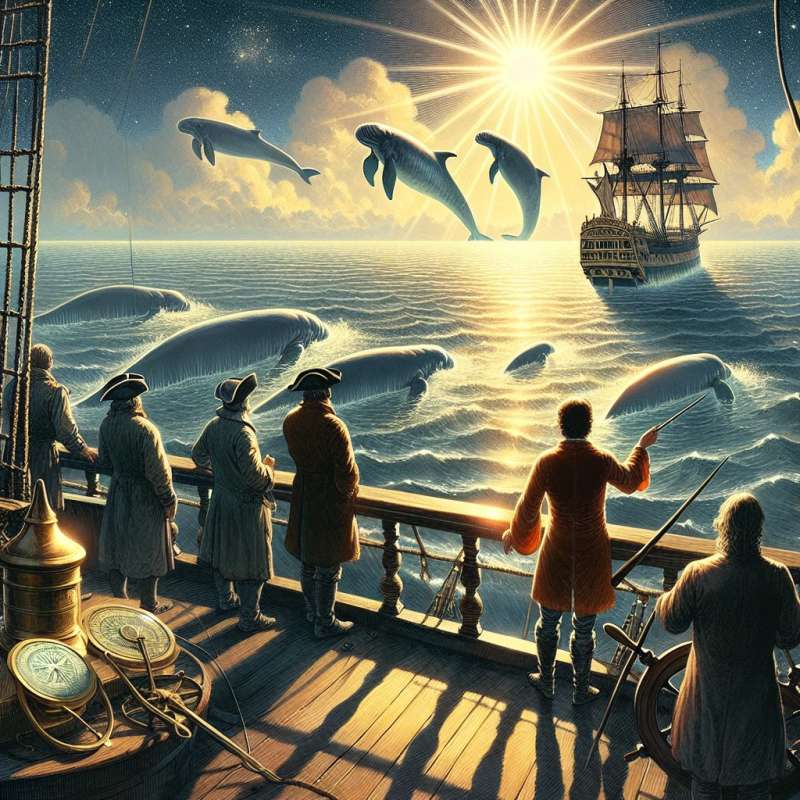
Columbus's Mermaid Encounter
On January 9, 1493, Christopher Columbus reported seeing 'mermaids' on his voyage near the Dominican Republic. These were likely manatees, not mythical creatures, as his descriptions match the aquatic mammals.
Mermaids or Sea Cows?
Columbus described the mermaids as 'not as pretty as they are depicted, for somehow in the face they look like men.' This discrepancy suggests he saw manatees, creatures often mistaken for mermaids by sailors.
Navigational Challenges
Columbus's mermaid sighting occurred during his exploration of the Americas. It highlights the navigational challenges and unexpected discoveries that characterized such long sea voyages of the time.
Mythical Interpretations
During the Age of Exploration, uncharted waters were filled with tales of mythical beings. Seafarers' encounters, like Columbus's, often led to the blending of reality with folklore.
The Manatee Misunderstanding
The confusion between manatees and mermaids can be attributed to their human-like eyes, nostrils, and the tendency to perform tail stands that resemble a mermaid's pose.
Columbus's Legacy
Although known for 'discovering' America, Columbus's logs also contributed to the myth and natural history, encapsulating the era's curiosity and misconceptions about marine life.
Mermaid Myth's Evolution
Columbus's mermaid sighting played a role in the evolution of the mermaid myth, influencing how creatures like manatees were perceived in both science and popular culture.Surprising Mermaid Artifact
In 1864, a fake mermaid, made from a monkey and fish, was displayed in London, captivating audiences with its 'authenticity'.
What did Columbus likely see?
Actual mermaids
Manatees
Sea lions
Company